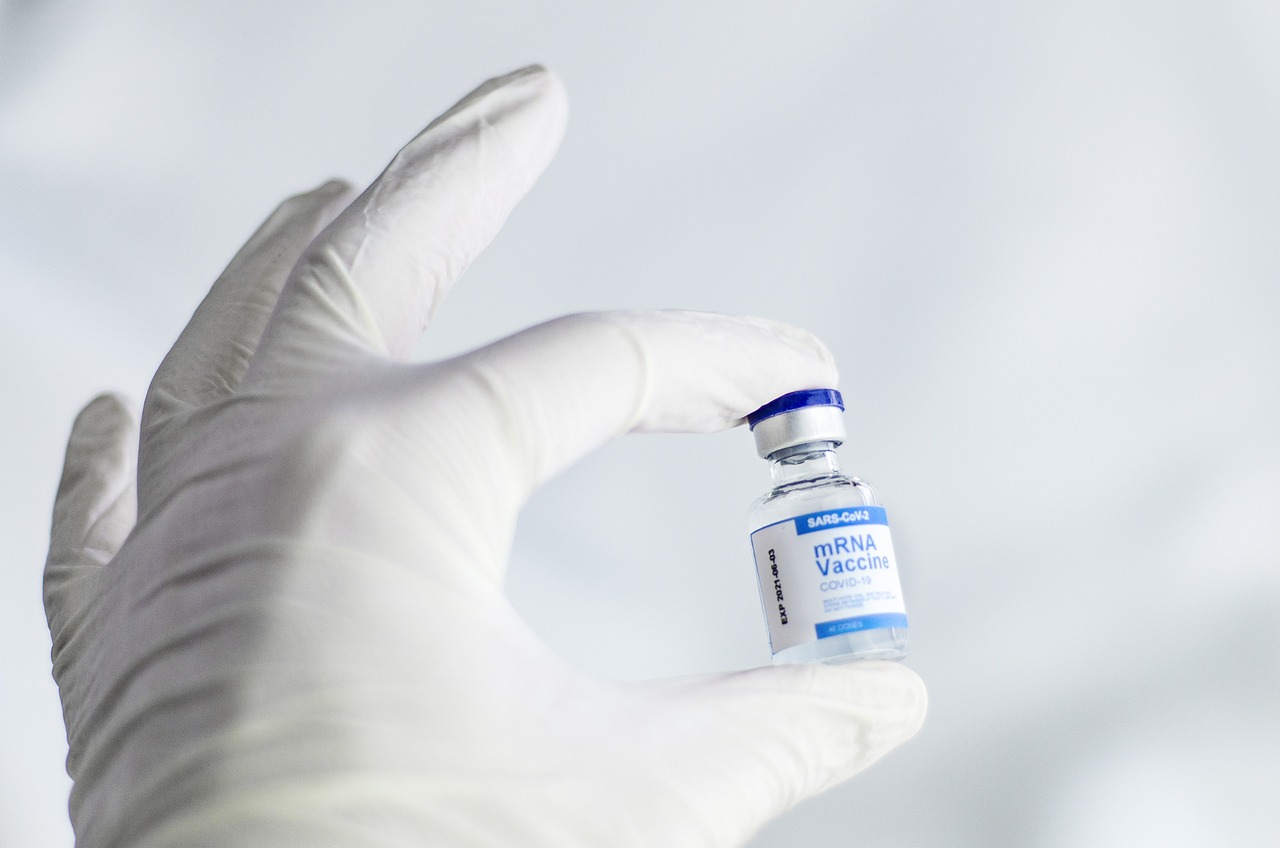In a major step towards strengthening pandemic preparedness, scientists from the University of Pittsburgh School of Public Health and Penn State University have collaboratively designed a next-generation mRNA vaccine platform. This new technique, published in NPJ Vaccines, provides an improved and more scalable and flexible tool for dealing with highly mutable viruses like SARS-CoV-2 and avian influenza (H5N1).
The innovation occurs in the context of international failures to respond quickly and effectively to the threats of emerging infectious diseases. Existing mRNA vaccines, though effective in inducing immunity, are typically hampered by issues of manufacturing time, expense, and responsiveness. The new platform seeks to remove these bottlenecks by facilitating more rapid vaccine production and flexible antigen targeting of viruses.
A Modular and Responsive System
Researchers designed a modular mRNA vaccine platform that can rapidly respond to emerging viral variants. It enables researchers to easily manipulate vaccine constructs at an unprecedented rate without having to revamp the entire production process a timely advantage during pandemics when time and resource limitations are at their highest.
The study indicates that the platform makes it easier to select and incorporate antigens from rapidly mutating viruses. In the lab, the prototype vaccine triggered robust immune responses and provided long-lasting protection in preclinical animal models against SARS-CoV-2 as well as H5N1.
The virus changes, moving the goal post, and updating the vaccine takes some time.
Suresh Kuchipudi, Ph.D.
Scalability and Global Access
A signature characteristic of the new platform is its versatility in manufacturing. The platform is intended to integrate seamlessly into current mRNA manufacturing facilities, allowing for mass and localized production of vaccines. This may be crucial for better vaccine equity, especially in low-income areas.
Preparing for Future Threats
This innovation comports with worldwide public health objectives to create dynamic systems of vaccines that can address emerging and re-emerging diseases. With H5N1 still posing zoonotic threats and developing new SARS-CoV-2 variants, a rapid, modular response would save lives and minimize economic disruption.
The scientists hope that with additional validation, the platform may eventually be applied to other infectious diseases as well. Human clinical trials and larger immunological studies are under consideration
Last Modified:
Graduated from the University of Kerala with B.Sc. Botany and Biotechnology. Attained Post-Graduation in Biotechnology from the Kerala University of Fisheries and Ocean Science (KUFOS) with the third rank. Conducted various seminars and attended major Science conferences. Done 6 months of internship in ICMR – National Institute of Nutrition, Hyderabad. 5 years of tutoring experience.






